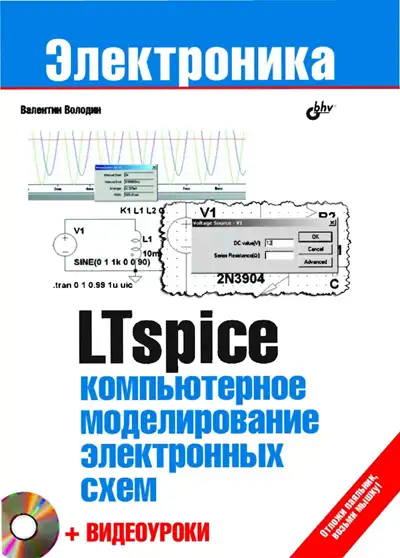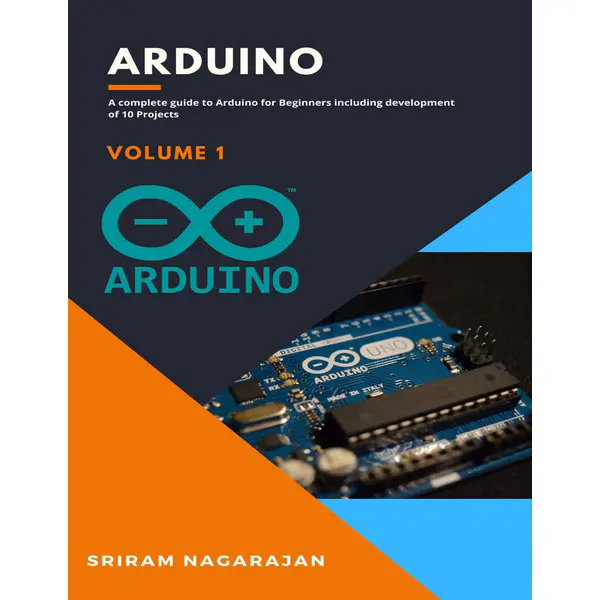Популярное
New Electronics Beginner Arduino Projects: ESP8266 IDE Guide Basic Coding

Begin, Expand, and Enhance Your Projects
What is a microcontroller?
Arduino is about connecting things. We'll do that in a few minutes
after we learned more about microcontrollers in general and in particular
a large and wonderful Arduino family. This chapter will teach you how to be completely perfect
ready to enter code, phone, and check things with your new hardware friend. Yes, this will do
it happened quickly, very quickly; now let's go inside!
What is a microcontroller?
A microcontroller is an integrated circuit (IC) that contains all the main components of a standard
Computer, the following:
Processor
Memories
Edges
Inputs and outputs
Memories
Edges
Inputs and outputs
The brain processor, the part where all the decisions are made and what
he can count.
Memories are often the two spaces where both the internal system and the user
elements are active (commonly called Read Only Memory (ROM) and Random
Access Memory (RAM)).
Beginner Arduino
Arduino is a pocket-sized computer (also called a "microcontroller") that you can use to control circuits. Works with a foreign name through sensors, lead, engines, speakers ... even the internet; this makes it a flexible platform for many creative projects. Other popular uses include:
Structured lighting that reflects responsiveness to music or social media.
Robots that use information from sensors to navigate or perform other tasks.
Different controls, default and social media for music, games, and more.
Connecting real world objects online (twitter is very popular).
Anything connected.
Automation and prototyping.
There are tons of amazing Arduino Projects posted online, here are some of my favorites:
Twitter Mood Light with RandomMatrix, a color that changes color depending on what types of emotional words are best on Twitter
Arduino Catenary
What is a microcontroller?
A large Arduino family was introduced
About hardware prototyping
Arduino software properties
Beginner Arduino
Intermediate Arduino: Inputs and Outputs
Project 01- IoT Fidget
Project 02 - 3 LED With Arduino 101
Project 03 - Ultrasonic Distance Sensor in Arduino
Project 04 - Flowing LED Lights With Arduino Uno R3
Project 05 - Light Sensor With Arduino in Tinkercad
Project 06 - DIY | 3x3x3 LED Cube for Arduino Nano+
Project 07 - Ultrasonic Sensor (HC-SR04)
Project 08 - How to Use an RGB LED
Project 09 - PIR Motion Sensor
Project 10 - DIY Arduino Obstacle Avoiding Car at Home
What is Arduino
First we will look at all parts of Arduino. Arduino is actually a small computer that can connect to electrical circuits. The Arduino Uno is powered by the Atmega 328P chip, which is the largest chip on the board (see photo note in the picture above). This chip is able to perform programs stored in its memory (very limited).
We can download applications to the chip via USB using Arduino IDE (download this if you have not already done so). The USB port also enables Arduino. Alternatively, we can power the built-in board using a power jack, in which case we do not need a USB connection.
Arduino has a few rows of pins that we can connect wires to. The power pins are labeled in the image above. Arduino has both 3.3V or 5V specifications; In this section we will use the 5V supply, but you can get chips or items that require 3.3V to work, in which case the 3.3V supply will be useful. You will also find some pins marked "GND" in Arduino, these are ground pins (ground the same thing as 0V).
Get up to speed on the Arduino board and essential software concepts quickly
Learn basic techniques for reading digital and analog signals
Use Arduino with a variety of popular input devices and sensors
Drive visual displays, generate sound, and control several types of motors
Connect Arduino to wired and wireless networks
English | 2021 | ASIN : B08V8MT58K | 155 pages | PDF, EPUB, AZW3 | 11.07 MB
Download New Electronics Beginner Arduino Projects: ESP8266 IDE Guide Basic Coding
~ Turbobit
Похожие новости
Информация
Посетители, находящиеся в группе Гости, не могут оставлять комментарии к данной публикации.
-
Зарубежные журналы
-
Радиотехнические журналы
-
Книги














